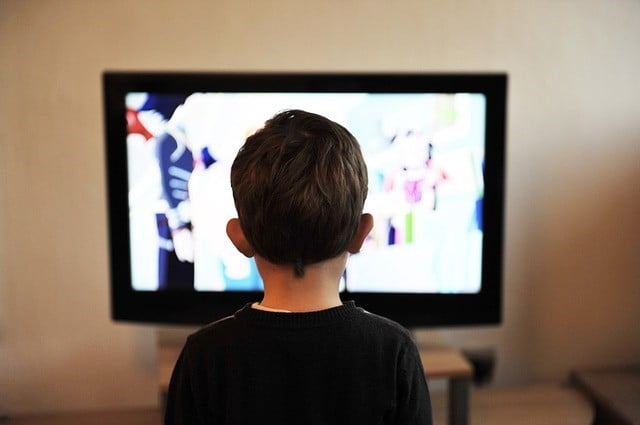In the ever-evolving landscape of entertainment, television has become an integral part of children’s lives, offering a myriad of educational and entertaining content. However, concerns about the impact of TV on young minds have persisted, prompting parents and caregivers to question the safety of children’s television. In exploring this topic, it becomes evident that the safety of TV for children is a nuanced matter, shaped by content, duration, and parental guidance.
Content is Key:
The safety of children’s television hinges largely on the nature of the content they are exposed to. Not all programs are created equal, and discerning parents often find themselves navigating a sea of options, seeking shows that strike a balance between entertainment and educational value. Educational programming, such as those endorsed by reputable organizations like PBS Kids, often includes age-appropriate content that fosters cognitive development, language skills, and social awareness.
Age-Appropriate Programming:
Children’s television is not a monolith; it spans a spectrum of genres and age appropriateness. What may be suitable for a preschooler might not align with the interests and cognitive abilities of a school-age child. As such, age-appropriate programming ensures that the content resonates with a child’s developmental stage, presenting concepts in a manner that is engaging and comprehensible without causing undue confusion or fear.
Moderation is Key:
The safety of TV for children is intricately tied to the amount of screen time they are allocated. The American Academy of Pediatrics recommends age-specific guidelines for screen time, acknowledging that excessive exposure can impede sleep, contribute to sedentary lifestyles, and impact overall well-being. Setting limits on daily screen time and incorporating a variety of activities into a child’s routine ensures a healthy balance between screen-based and real-world experiences.
Parental Involvement and Guidance:
Perhaps the most influential factor in determining the safety of children’s television is the level of parental involvement and guidance. Actively engaging with a child’s TV consumption allows parents to monitor content, discuss themes, and address any questions or concerns that may arise. Co-viewing provides an opportunity for parents to contextualize content, reinforce positive messages, and mitigate potential negative effects.
Navigating Advertising and Commercialization:
Children’s programming often comes intertwined with advertising and merchandising. Understanding the impact of commercials on young minds and teaching children to critically evaluate marketing messages is crucial. Selecting ad-free platforms or utilizing parental controls to limit exposure to advertisements can contribute to a safer viewing experience.
The Impact of Interactive and Educational Apps:
As technology advances, interactive and educational apps are becoming integral components of children’s entertainment. While these tools can offer enriching experiences, parents must be vigilant in choosing apps that align with educational goals and prioritizing quality over quantity in their use.
The safety of children’s television is a multifaceted consideration that extends beyond a simple dichotomy of safe or unsafe. It is contingent upon content choices, age appropriateness, moderation, parental guidance, and an awareness of the broader media landscape. By approaching children’s TV consumption with a thoughtful and informed perspective, parents can ensure that screen time becomes a positive and enriching aspect of their child’s development. Television, when used judiciously, can be a tool for learning, creativity, and shared enjoyment within the family dynamic.

